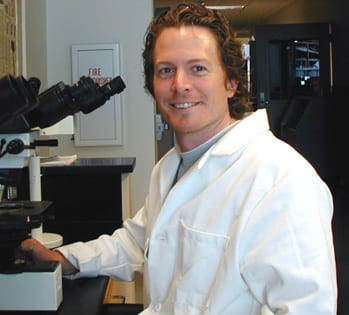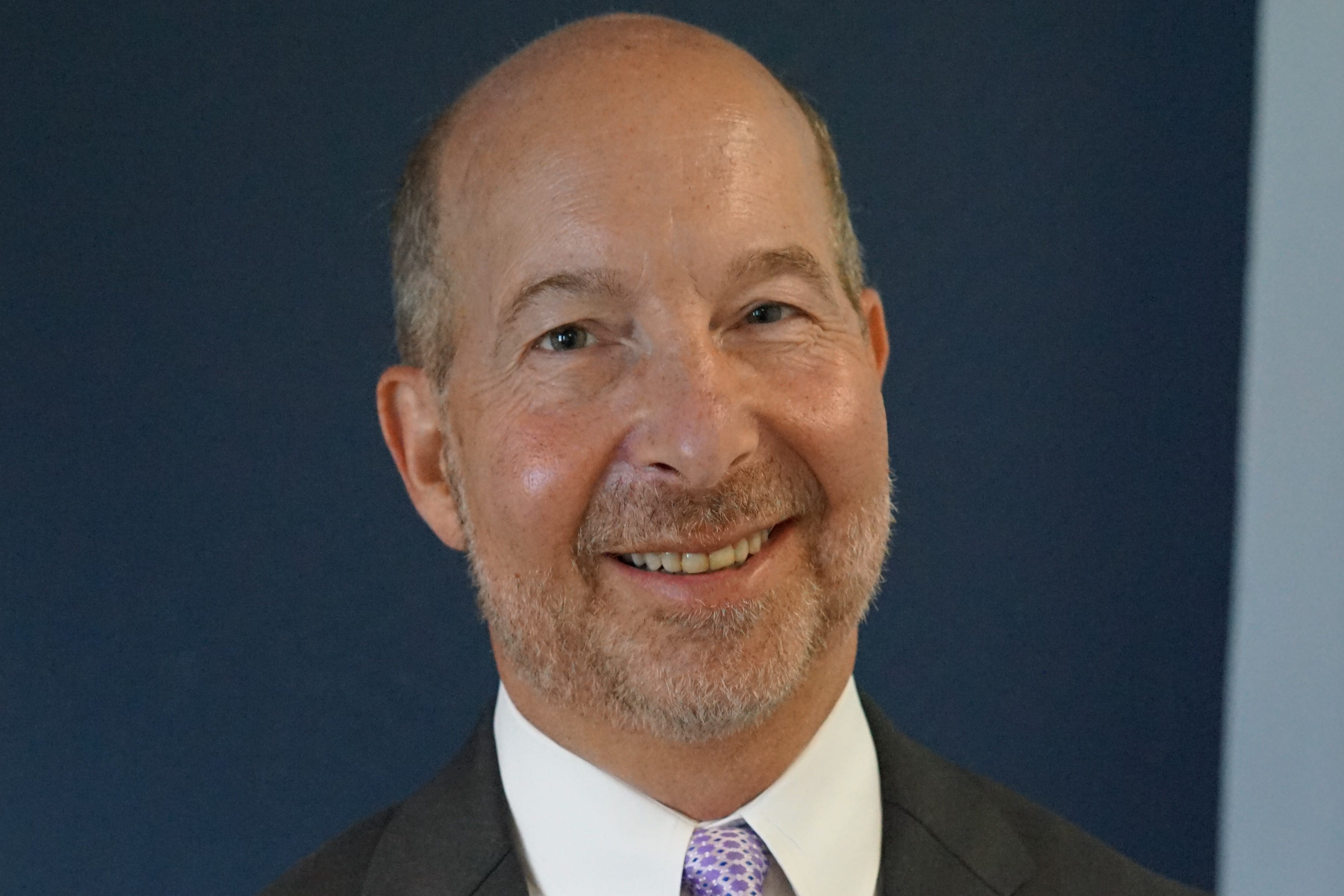Keeping the coast clear
March 4 symposium highlights how citizens have partnered with scientists, politicians and bureaucrats to protect public access to the coast and ensure its continued health.

If you’ve watched birds at the Bolsa Chica wetlands, built sand castles at Crystal Cove State Park or gotten barreled at Trestles lately, thank the broad coalition of citizens’ groups and nonprofit organizations that have spent decades protecting Orange County’s 42 miles of shoreline.
Coastal preservationists will present case studies on their work Friday, March 4, at a UC Irvine symposium entitled “Enhancing the Future of the California Coast.” Free and open to the public, the daylong event begins at 9 a.m. in the Arnold & Mabel Beckman Center of the National Academies of Sciences & Engineering and includes lunch. Reservations are required and may be made at the Newkirk Center for Science & Society website or by calling 949-824-3119.
Eighth in the “Toward a Sustainable 21st Century” series, the conference will feature talks (pdf) on how citizens have partnered with scientists, politicians and bureaucrats to protect public access to the coast and ensure its continued health. In addition to the Newkirk Center, sponsors are UCI’s schools of social ecology and law, as well as its Program in Public Health. Here’s a snapshot of the afternoon session’s case studies on effective citizen advocacy.
Bolsa Chica wetlands: The Bolsa Chica Land Trust was formed in 1992 to stop the development of 4,884 homes on the wetlands and an adjacent mesa in Huntington Beach. Nearly two decades later, just 384 houses dot the upper mesa, while hundreds of species of birds thrive in the wetlands. “Sustainability is the most important thing in the future,” says Paul Horgan, who was instrumental in the founding and early success of the Bolsa Chica Land Trust. “There have been studies about keeping wetlands and estuaries open and free so they provide nutrients and sustenance for wildlife and how important that is in the web of life and for our children. We don’t want a state where everything is developed, so the real issue is recognizing those areas that should be set aside.” The organization is now trying to arrange the purchase of a piece of wetlands property that contains one of the world’s richest caches of cog stones – archeological artifacts of unknown origin.
Crystal Cove State Park: To fully understand the role of the Crystal Cove Alliance in coastal protection, imagine what the state park nestled between Newport Beach and Laguna Beach might have been without the group’s intervention. “Instead of an accessible and protected historic district,” says Harry Helling, alliance president and CEO, “you’d have an expensive, large-scale resort with very exclusive access.” Garry Brown, founder and CEO of Orange County Coastkeeper, credits his group with saving the water quality at Crystal Cove by challenging several agencies involved in Newport Coast development. “The initial project was going to drain runoff down between the Crystal Cove cottages and across the beach into an Area of Special Biological Significance – one of 34 so identified in the state,” he says. After prevailing in the matter, Coastkeeper brought in engineers to help redesign the project. “We used laws that were never enforced before, and we were able to collaborate with the developer,” Brown says.
Trestles: In 2007, Surfrider Foundation went up against the Orange County Transportation Corridor Agencies to fight the proposed extension of State Route 241 to San Clemente. “There’s a world-famous surfing reserve near there called Trestles, and it’s fed by San Mateo Creek, one of the most pristine watersheds remaining in Southern California,” says Chad Nelsen, Surfrider’s environmental director. “The toll road was going to impact that watershed, the nearby campground, open space and this amazing surfing area.” A coalition of citizens’ groups, including the foundation, rallied the largest number of people ever to attend Coastal Commission meetings. “Thousands and thousands showed up to make it clear to the decision makers that the plans on the books were unacceptable,” Nelsen says. The proposal was defeated.
Citizen science: Working with Orange County Coastkeeper volunteers and Surfrider Foundation data, UCI professor of civil & environmental engineering Sunny Jiang recently showed – for the first time – a 96 percent correlation between degraded ocean water quality and the number of illnesses reported by surfers and swimmers. Her next task: translating science into policy. “In a perfect world,” she says, “I would give everyone who goes to the beach a dipstick they could put into the water and say, ‘Yes, I can swim and no worries.’ The goal would be that every day is a ‘no worries’ day. But we have to strategize to prevent pollution. And that’s what citizens’ groups are doing together to protect the coastal environment.”


